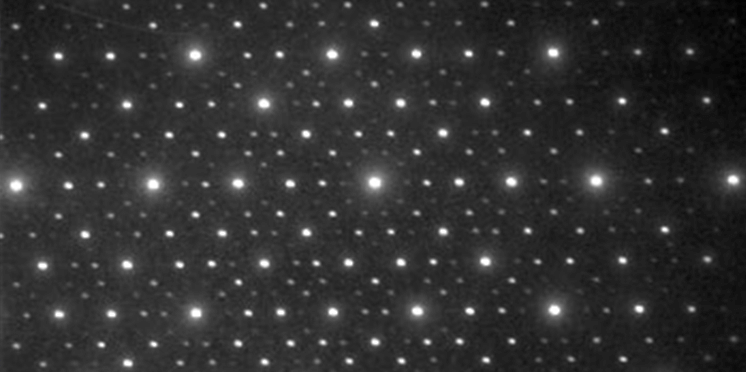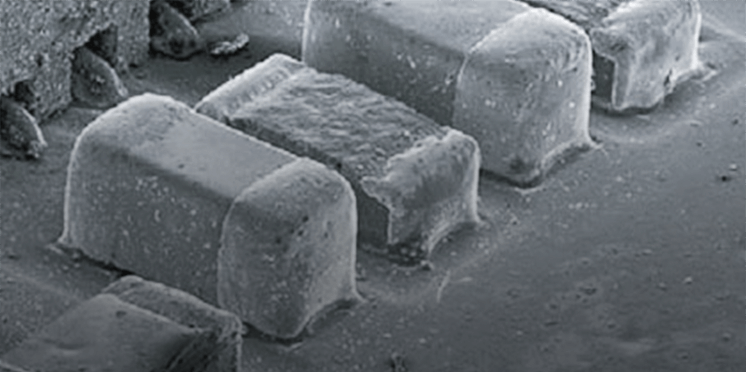二次電子
二次電子
secondary electron
[目次:理論(電子の散乱/回折/結像)]
入射電子が試料内で衝突を繰り返しながらエネルギーを失い(非弾性散乱)、その過程で試料を構成している原子の電子が弾き飛ばされ、この電子の一部が試料物質の束縛エネルギーに打ち勝って、試料表面から放出される電子のこと。二次電子のエネルギーは低く(通常、数10eV)、試料表面近く(深さ10nm以内)で発生したものしか表面から飛び出すことができない。二次電子の放出効率は電子線の試料への入射角が斜め入射になるほど大きい。この放出効率の違いを利用して二次電子像では試料表面の形態がわかる。
When incident electrons travel a specimen, these electrons lose their energy while repeating collision with constituent atoms in the specimen (inelastic scattering). In this process, the electrons of the constituent atoms are ejected, and then part of them overcome the binding energy and are emitted from the specimen surface. These emitted electrons are called "secondary electron(s)." Since the energy of secondary electrons is small (normally, several 10 eV), only those generated near the top surface of the specimen (depth: 10 nm or less) are emitted from the specimen. The secondary electron yield becomes larger as the incidence angle of the electron beam with the specimen is smaller (at a grazing incidence). The difference of the secondary electron yields in a secondary electron image reveals surface morphology of the specimen.
関連用語から探す
説明に「二次電子」が含まれている用語






